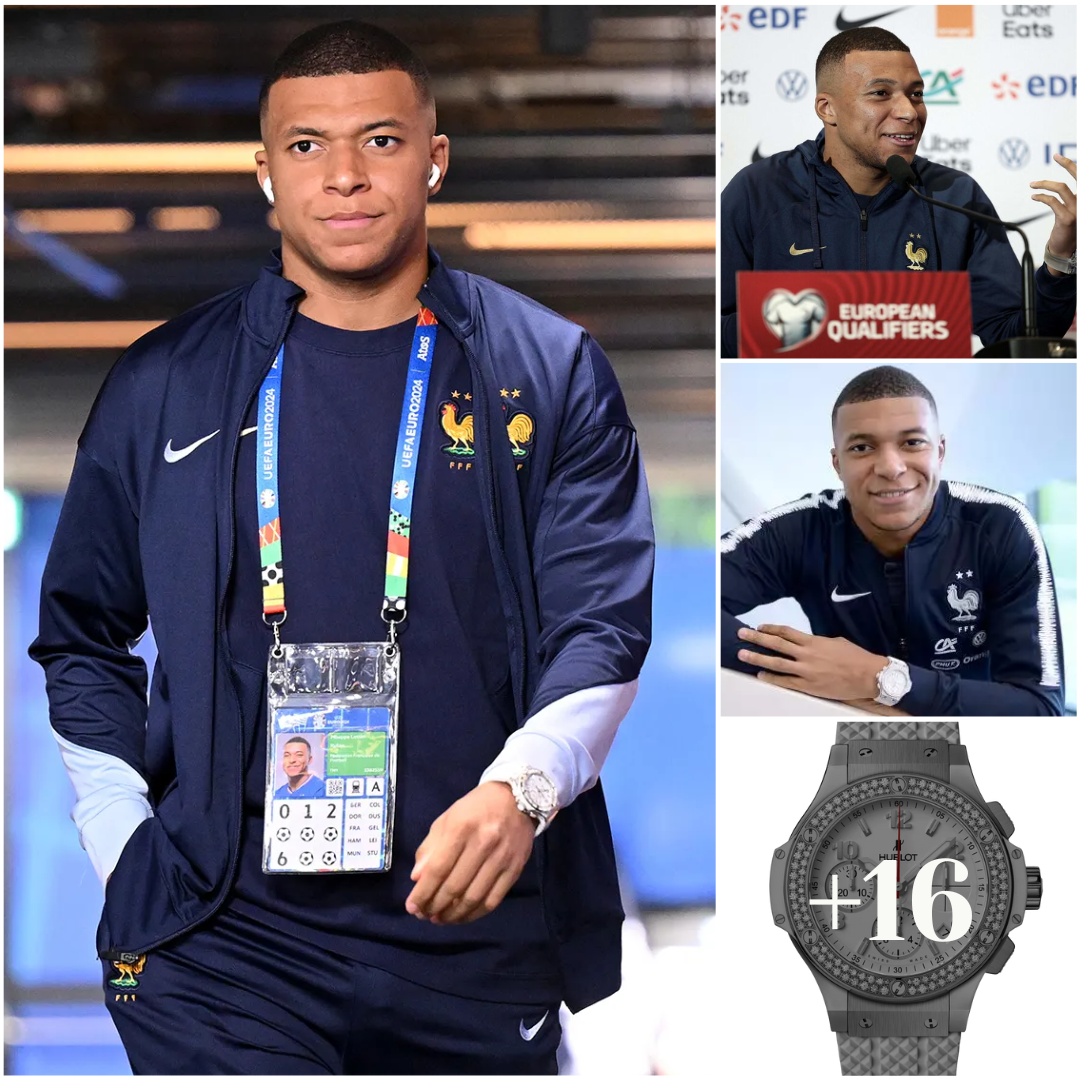LEBRON James’ son Bronny is lucky to be alive and should think carefully about his sporting future after suffering a sudden cardiac arrest, parents of teens who suffered similar heart-related events have warned.
Rising star Bronny, 18, suffered sudden cardiac arrest (SCA) during a basketball training session at the University of Southern California on Monday morning.
 14Bronny James is now in a stable condition and recovering after suffering a sudden cardiac arrest at USC on MondayCredit: Getty
14Bronny James is now in a stable condition and recovering after suffering a sudden cardiac arrest at USC on MondayCredit: Getty 14Peyton Walker, who was studying to be a physician’s assistant, suffered a fatal sudden cardiac arrest when she was 19Credit: Julie Walker
14Peyton Walker, who was studying to be a physician’s assistant, suffered a fatal sudden cardiac arrest when she was 19Credit: Julie Walker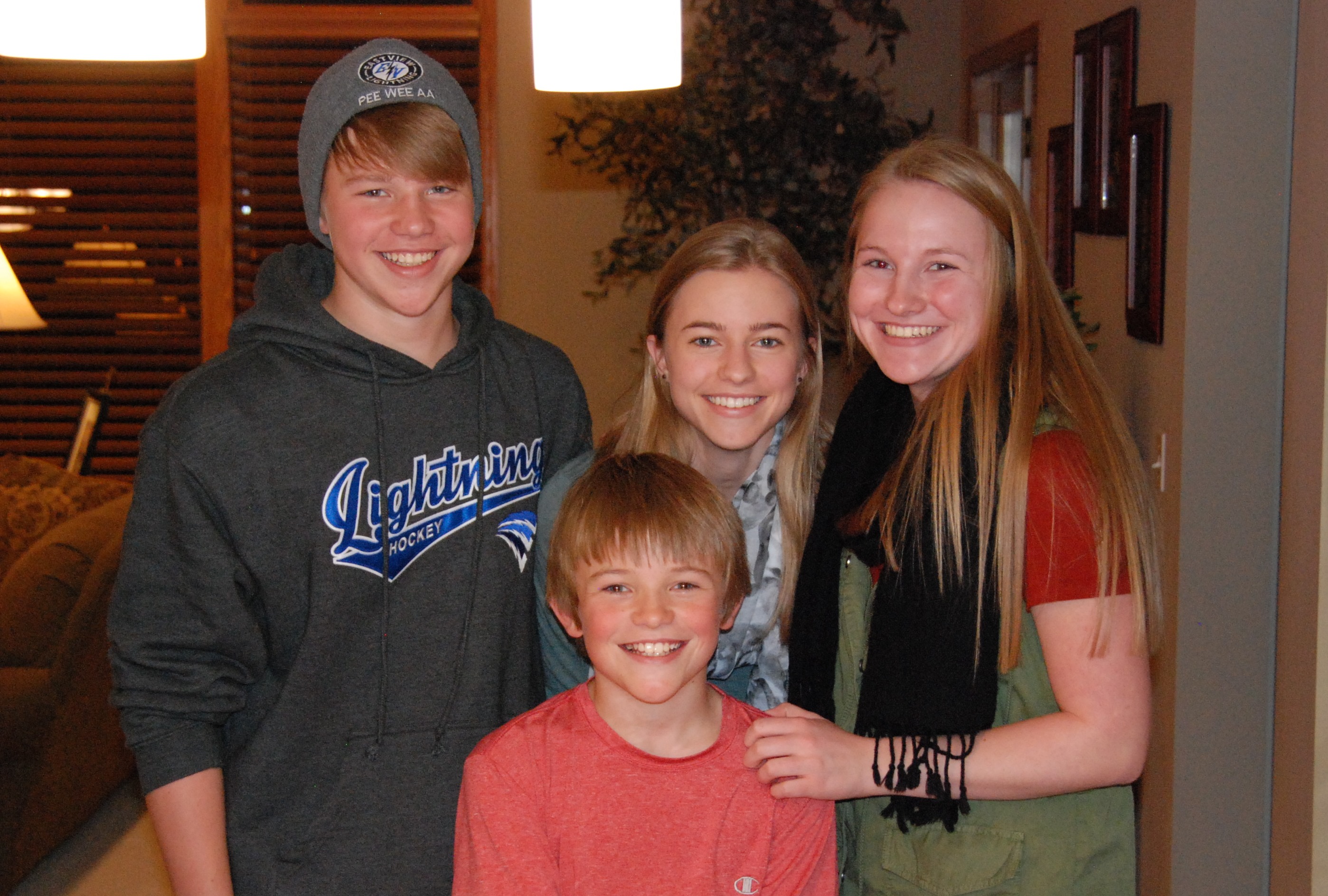 14Patrick Schoonover (seen left) died from SCA at age 14 in November 2014Credit: Mike Schoonover
14Patrick Schoonover (seen left) died from SCA at age 14 in November 2014Credit: Mike Schoonover
Medical staff at USC treated the point guard after he lost consciousness on the court before transporting him to Cedar Sinai Hospital in West Hollywood.
Bronny was held overnight in the ICU and discharged on Tuesday.
In a statement, LeBron and his wife Savannah said their eldest son is now stable and issued their “deepest thanks” to the school’s medical and athletic staff for saving his life.
While more tests will be done to determine specifically what caused Bronny’s SCA, speculation has already started to mount that his college basketball career may be over before it’s even begun – and with it, his dream of following in his father’s footsteps to the NBA crushed.
The parents of three teenagers who all suffered SCA – two of whom died – told The U.S. Sun that Bronny James is incredibly lucky to be alive and should consider his sporting future very carefully.
“It’s great news to hear he made it through it, said Mike Schoonover, whose son Patrick tragically died from an SCA during a youth hockey tournament aged 14.
“They’re probably now wondering about his future. I know he’s a future NBA star, and that will be a big push with his dad, but I’m sure they’re – hopefully – more concerned about his health than his basketball future.
“Had we known about Patrick’s heart conditions prior to him passing away, he would not have been able to play hockey or any kind of contact sports, but that would be okay. That would be something he’d have to adjust to, even though it would’ve been hard.
“So if [Bronny] does get the news that his heart is not well for playing professional basketball, or even collegiate basketball, that’s a decision that he and his family are going to have to figure out.”
Schoonover continued: “Let’s say he has some condition that could reoccur again. If he knows the risks and understands that he could go into cardiac arrest again, and he’s got plans in place nearby to help him if that does happen – coaches, emergency personnel, medical equipment – then that’s a different story, and that’s his decision to make.
“As long as he and his family fully understand the risks, dangers, and consequences, then they’re free to make that decision.
“It’s totally their right to choose what to do. But that decision needs to be made with the risks fully in mind.”
‘THEY’RE SO LUCKY’
Julie Walker, Executive Director of the Payton Walker Foundation, said the James family is beyond fortunate to have been spared the heartache of losing a child to SCA.
Not everyone has such good fortune, she said, like her 19-year-old daughter, Payton, who suffered an SCA at home in November 2013 and was unable to be saved by the time she was found unconscious by her roommate.
“It can happen to anyone at any time,” said Walker. “I’ve been standing on my soapbox preaching for nine years since I lost my daughter and I’m sure a lot of people looked at me as if I were crazy.
“With Bronny James, my first reaction was that LeBron was so lucky that he was spared the devastating heartache of losing a child to cardiac arrest.
“But it was all due to luck and planning because there was a plan in place, and there was equipment in place to save Bronny’s life. People responded to the emergency and he was saved.
“Not every kid is that lucky,” she said. “But every kid should be that lucky.”
Unlike the Schoonover family, Walker was aware her daughter had a heart condition. The discovery was made when Peyton was in fifth grade and she was forced to quit sports as a result.
But despite regularly seeing a cardiologist and being on medication, still, their efforts were not enough to save her.
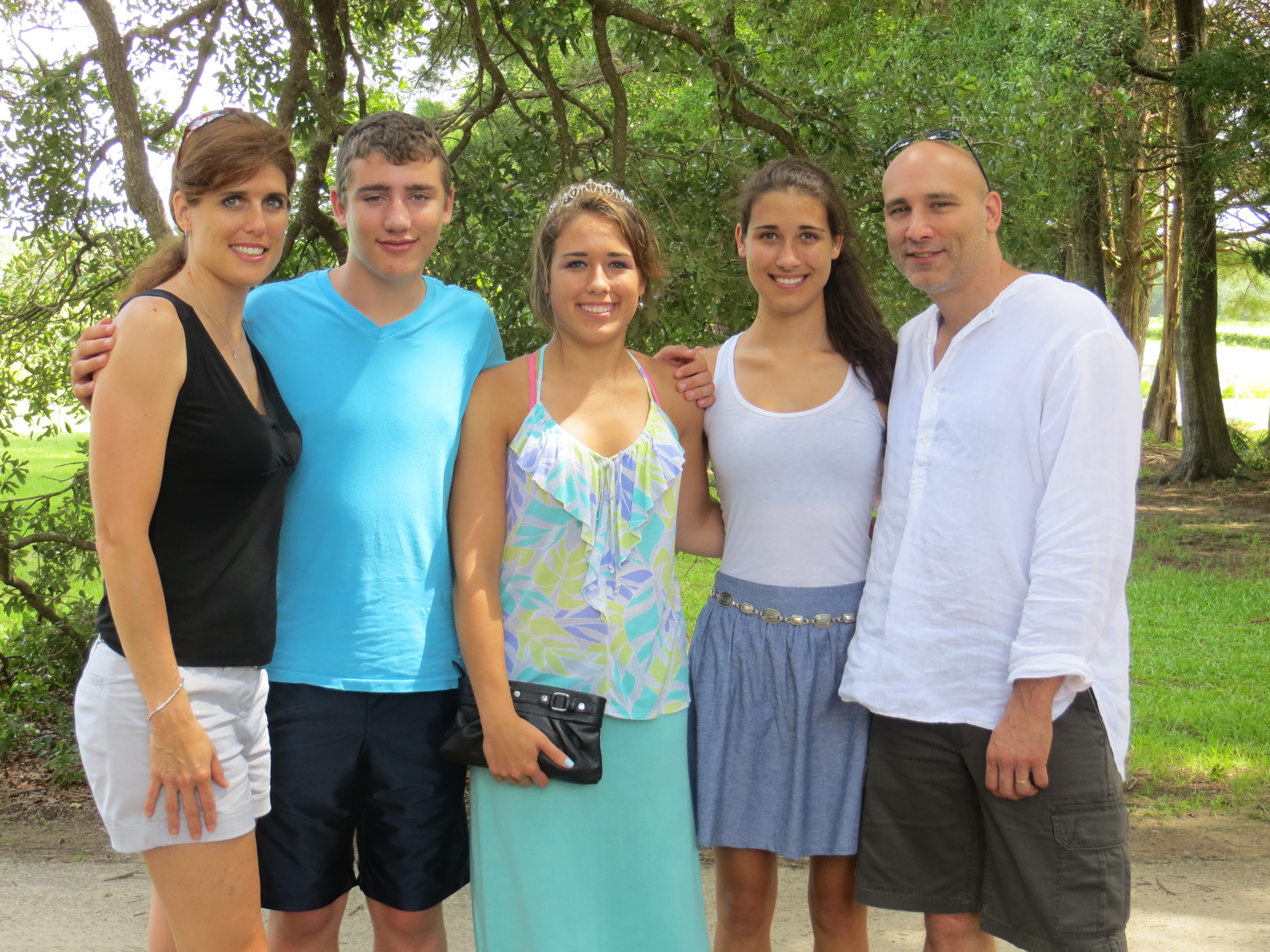 14Payton’s mom Julie Walker (seen far left, with Payton second from right) called the James family extremely lucky – but said a child’s fate should not be decided by luckCredit: Julie Walker
14Payton’s mom Julie Walker (seen far left, with Payton second from right) called the James family extremely lucky – but said a child’s fate should not be decided by luckCredit: Julie Walker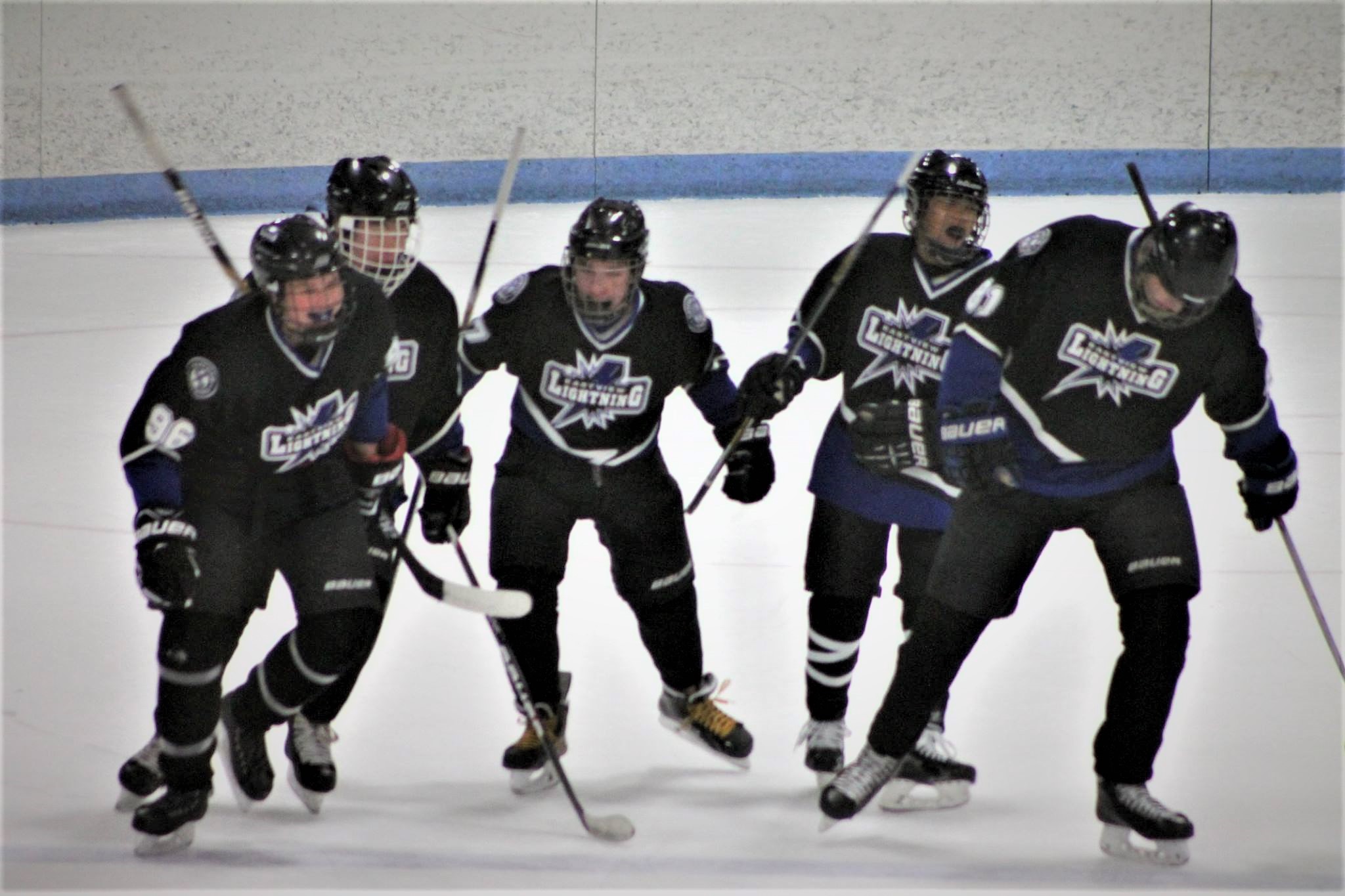 14Patrick Schoonover is pictured above, far left, scoring what would prove to be his final goalCredit: Mike Schoonover
14Patrick Schoonover is pictured above, far left, scoring what would prove to be his final goalCredit: Mike Schoonover 14Few details have been released about the incident involving Bronny James but speculation is mounting over his sporting futureCredit: Getty
14Few details have been released about the incident involving Bronny James but speculation is mounting over his sporting futureCredit: Getty
Whatever the future holds for Bronny and his sporting ambitions, Walker says she hopes the James family uses its platform to bring awareness to SCA, the dangers they pose to the country’s young athletes, and advocate for nationwide reform to ensure every child stands an equal fighting chance – no matter where they live or how wealthy their families are.
“I do just hope they know how lucky there are,” reiterated Walker. “Because, typically, survival rates of cardiac arrest are under 10%, so again I go back to it shouldn’t come down to luck.
“But I hope the family will take this opportunity, once things settle down, to really help move our mission forward about raising awareness of sudden cardiac arrest and how we can be better prepared as community members to save others around us.
“LeBron James has the resources and an incredible namesake to really make a difference by stepping up and embracing this mission we’ve been working tirelessly on for years.
“I think he could have an incredible impact on this thing. So let’s get it going.”
THE BIGGEST THREAT
Sudden cardiac arrest is the leading cause of death among high school and college athletes in the US, accounting for around 75 percent of all students who died during exercise.
Statistics on how prevalent occurrences are among young competitors differ greatly depending on the research, however, incidents range from one in 40,000 to one in 80,000 per year.
Sudden cardiac arrest is often caused by an irregular heart rhythm called ventricular fibrillation.
Ventricular fibrillation occurs when a very fast heartbeat causes the lower heart chambers – or ventricles – to quiver uselessly instead of pumping blood.
Sudden cardiac arrest can also occur in people who have no known history of heart disease but a family history of coronary artery disease or other risk factors like diabetes.
Dr. Richard Kovacs, a cardiologist with IU Health, told The U.S. Sun that Bronny James’ SCA was likely caused by a specific type of arrhythmia that can be difficult to detect.
Kovas also said that basketball players in particular were at a disproportionate risk of suffering an SCA than athletes in other sports.
“The numbers vary, but we have better data for some sports, such as collegiate sports in the United States, and although Bronny was not yet an NCAA division one basketball player, he was about to be in a few months,” he said.
“And we do know that collegiate level one basketball players in the U.S. are some of the ones at the highest risks, perhaps at a rate of four in every 100,000.
“That’s an order of magnitude larger than it is for other sports. If you compare that to just all high school athletes in general, the risk of playing division one basketball is much, much higher.”
 14Patrick’s dad Mike said doctors missed a series of red flags that could’ve saved his son’s lifeCredit: Mike Schoonover
14Patrick’s dad Mike said doctors missed a series of red flags that could’ve saved his son’s lifeCredit: Mike Schoonover 14Pictured here: Peyton Walker Pictures supplied to Luke Kenton Credit: Julie WalkerCredit: Julie Walker
14Pictured here: Peyton Walker Pictures supplied to Luke Kenton Credit: Julie WalkerCredit: Julie Walker 14Bronny James is a rising star in basketball and is tipped for NBA stardomCredit: Getty
14Bronny James is a rising star in basketball and is tipped for NBA stardomCredit: Getty
While basketball players make up only around 4 percent of all male athletes in the National Collegiate Athletics Association, 20 percent of the NCAA’s sudden cardiac deaths happen in basketball players, according to a study published in the Journal of the American College of Cardiology.
Male athletes are also significantly more likely to suffer a sudden cardiac death than women.
The rate of male athletes suffering a sudden cardiac death is one in 38,000 per year, compared with one in 122,000 for female athletes.
Dr. Kovacs added that, unfortunately, many of the symptoms of sudden cardiac arrest overlap with what many athletes feel whenever they’re competing or training: Shortness of breath, a tightening feeling in their chest, and a very fast heartbeat.
Young athletes also routinely push themselves to the limits and will ignore potential warning signs through fear of being dropped or benched, he added, making incidents harder to prevent.
“We have to be realistic in that athletes want to compete, and if they view that complaining of being short of breath or complaining of chest pain is going to take them out of the game or the competition, that’s counter often to their DNA, especially at the elite level.
“They want to push through because they want to compete. They want to do everything they can.
“So in my own practice, sometimes I’ll face athletes who tend to minimize their symptoms so that they can stay on the court, in the pool, on the track, things like that.
“So there’s a nuance to the questioning and we often have to treat them differently in that sense to how we would treat a non-athlete patient.”
HARROWING MEMORIES
A spokesperson for USC declined to comment or provide additional details regarding Bronny’s condition, citing student privacy concerns.
The rising star announced in May that he would play college basketball for the USC Trojans, whose campus is less than two miles from the downtown arena of his father’s NBA team, the Los Angeles Lakers.
The Trojans had been holding offseason practices in preparation for a two-week European tour next month when Bronny collapsed on the court yesterday morning.
His cardiac arrest came just months after Buffalo Bills safety Damar Hamlin suffered cardiac arrest during an NFL game last season, following an on-field collision.
Amy Cockrell, founder of Heart for Athletes, expressed her sympathy for the James family during a phone interview with The U.S. Sun on Tuesday, insisting news of Bronny’s condition brought back painful memories of her own son’s cardiac arrest 10 years ago.
Theorizing how the James family will be feeling right now, Cockrell said: “It’s such an emotional rollercoaster.
“And obviously, you’re so happy that your child survived, but, at the same time, you have so many questions about what happened and if it’s going to happen again, if you can prevent it, and then all the other medical stuff and emotional stuff that comes with it.
“It brings back a lot of memories. I know exactly what they’re going through.”
 14Amy Cockrell’s son Sam (above) suffered a sudden cardiac arrest during swimming practice when he was 16. Miraculously, he survivedCredit: Heart for Athletes
14Amy Cockrell’s son Sam (above) suffered a sudden cardiac arrest during swimming practice when he was 16. Miraculously, he survivedCredit: Heart for Athletes 14Cockrell (above) said news of Bronny James’ cardiac arrest brought back painful memoriesCredit: Heart for Athletes
14Cockrell (above) said news of Bronny James’ cardiac arrest brought back painful memoriesCredit: Heart for Athletes 14She founded Heart for Athletes a decade ago to bring awareness to the condition, which is the leading killer of student athletesCredit: Heart for Athletes
14She founded Heart for Athletes a decade ago to bring awareness to the condition, which is the leading killer of student athletesCredit: Heart for Athletes
On May 15, 2013, Cockrell’s son Sam – a seemingly healthy 16-year-old triathlete – was participating in routine swimming practice when suddenly he collapsed on the pool deck in cardiac arrest.
Moments before, Sam had experienced a sudden bout of fatigue and heart palpitations that would later be found to be the result of an underlying genetic cardiac condition.
His coach initially believed he was having a seizure but a physician standing nearby identified the medical event as sudden cardiac arrest and immediately began performing CPR.
Sam was shocked with an automated external defibrillator (AED) and after 20 minutes of resuscitation, his life was saved.
He was later diagnosed with arrhythmogenic right ventricular dysplasia/cardiomyopathy (ARVD/C) and now lives with a heart monitor in his chest.
Cockrell credits her son’s remarkable survival to the immediate CPR he received and the access his coaches had to an AED device.
From what is known about the incident involving Bronny James thus far, Cockrell believes similar measures were likely the key to his survival too.
“The AED is the key piece to the puzzle that needs to be there,” she said. “They were able to shock him and get his heart back in rhythm.
“But it’s alarming to me.
“I’ve been working for 10 years to try to get the news out about incidents like this and how common it is in our young athletes.
“I hate that it takes someone famous to bring attention to it but it’s the number one cause of death in athletes ages 17 to 35. And it’s the number one cause of death on school campuses.
“So again, I’ve been working for 10 years to get the word out about this because people can survive if it’s recognized early and treated quickly, as we’ve seen with Bronny James.”
CAMPAIGNING FOR CHANGE
Also campaigning for serious reform and awareness are Walker and Schoonover.
Walker founded the Payton Walker Foundation to carry her daughter’s dream of working in healthcare forward. The organization now provides free heart screenings for kids in central Pennsylvania in the hope of spotting underlying defects and conditions early.
And like Cockrell, Walker is a strong advocate for teaching CPR in schools and ensuring AEDs are present wherever children play and practice sports – no matter where they are in the country.
Both of the women believe incidents of sudden cardiac arrest should be planned for, practiced, and test-run as often as a fire drill.
Cockrell said: “We need to make emergency action plans and make sure everyone has an emergency action in place.
“We also need to make sure that AEDs are readily available; there should be one on the wall next to the fire extinguishers that we see everywhere.
“And it’s not enough to just check a box and say, ‘We have an emergency action plan.’ It needs to be practiced and rehearsed.
“For every minute that passes after a sudden cardiac arrest occurs, the patient’s chances of survival decrease by 10 percent, so after 10 minutes they’re dead.
“You have to respond quickly. You can’t call 911 and expect them to come and save the day.
“The person who witnesses the sudden cardiac arrest can literally be a bridge to life for the victim – so they need to know how to respond quickly and appropriately.”
I’ve been working for 10 years to get the word out about this because people can survive if it’s recognized early and treated quickly, as we’ve seen with Bronny James.
Amy Cockrell
Cockrell is a member of the group Parent Heart Watch, a national organization of parents seeking to make the term “call, push, and shock” as well known as “stop, drop, and roll.”
The slogan instructs a witness to a cardiac event to call 911, begin CPR immediately, and shock the patient with an AED.
Walker is seeking to take that idea one step further and implement a nationwide alert system known as 4 Minute City – akin to the AMBER Alert – that notifies those in possession of an AED to a cardiac event within a four-minute radius.
“A huge thing we’re involved in is donating AEDs and getting them out into the community – particularly in areas that may not be able to afford them,” said Walker.
“But we’re also in the process of rolling out 4 Minute City in our county. We’re going to be the second location in the United States to deploy this brand of newly-connected AEDs that are linked up with the 911 call center.
“So I might get an alert in my house that my neighbor’s having a cardiac arrest. I can take my AED to that person’s house. I can get there faster than EMS, and this can be a game-changing and life-saving measure for people across our community.”
Walker said Bronny James’ health scare should be a reminder to all parents that something similar could happen to their children at any time, no matter how fit and healthy they may appear.
“Everybody thinks, ‘Oh, it’s not gonna happen to me, my kids are healthy. There’s nothing wrong with my child.’ And then, you know, do you think LeBron James thought his child would drop over and go into cardiac arrest?
“He’s the picture and the epitome of perfect health, incredible health. And he’s proof it can happen to anyone, anywhere, anytime.
“Survival rates from cardiac arrest are under 10 percent. So again it shouldn’t depend on luck.
“It doesn’t discriminate and we all need to be prepared.”
A FATHER’S WARNING
Appearing, too, to be the picture of perfect health was Mike Schoonover’s 14-year-old son Patrick.
The sports-mad teen collapsed suddenly on the ice after being checked during a Minnesota Youth Hockey tournament in Brainerd in November 2014.
First responders were tragically unable to revive Patrick and it was later determined that he had a number of previously undetected heart defects that caused his premature death.
Watching on with horror in the stands as his son slumped to the ground was Mike, Patrick’s mom Gail, and his young brother Matthew.
Recounting the harrowing incident, Schoonover said: “Patrick was very fit and very tall for his age.
“Usually in hockey when someone goes down or gets hit hard, the trainer comes on, gets them up on their feet, and then they skate to the bench, but that didn’t happen. Patrick didn’t get back up.
“That bad moment will forever be burned in our minds, and it’s not a moment we appreciate. The only thing we appreciate is that we were able to be at his side, hold his hand, and try and talk to him until we got to the hospital, but some families don’t get that.”
The cause of Patrick’s sudden death wouldn’t be revealed for several days until a medical examiner completed an autopsy.
Initially, the Schoonover family believed that Patrick had suffered some form of fatal spinal injury, but the autopsy would soon show a series of issues with Patrick’s heart.
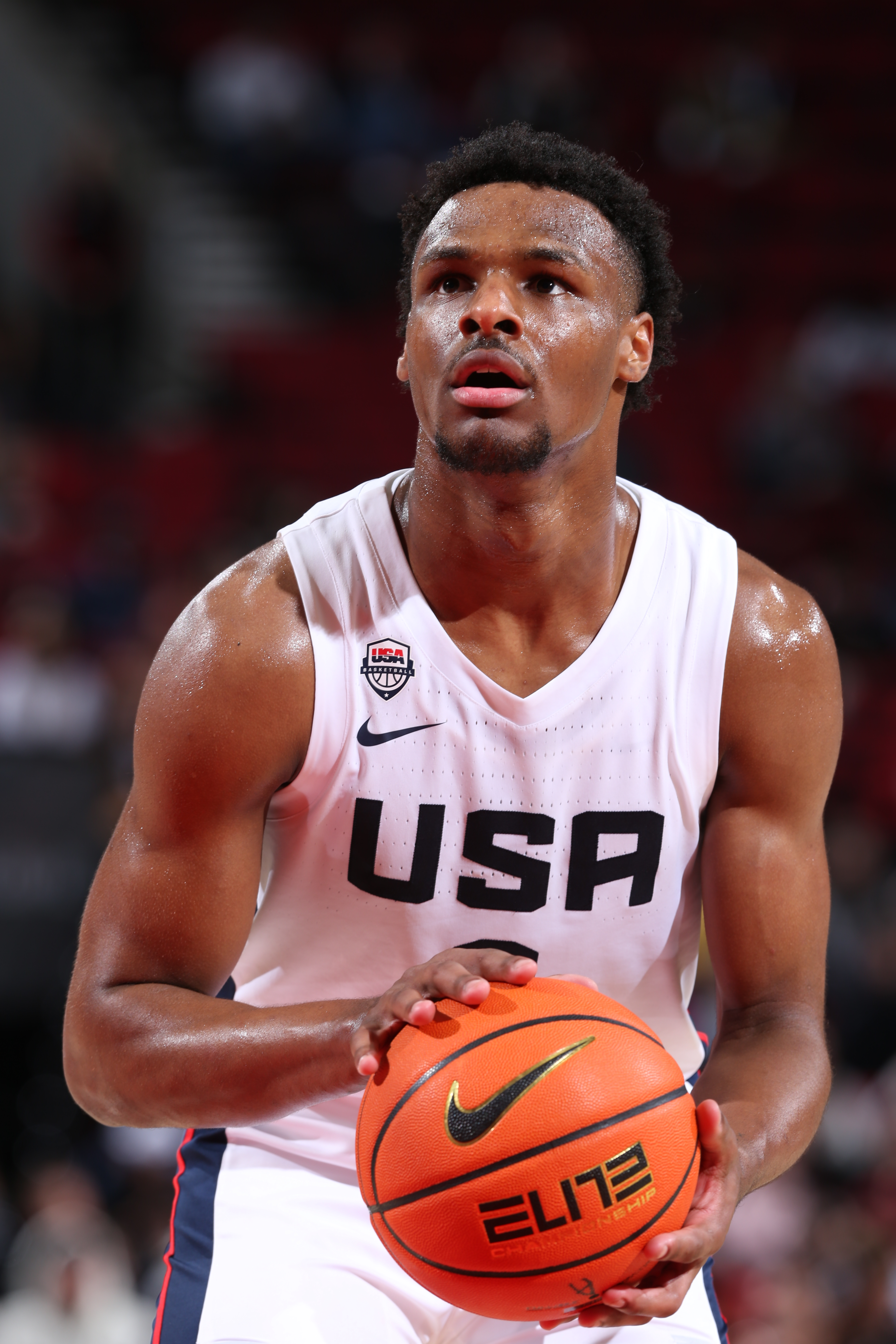 14Basketball players make up only around 4 percent of all male athletes in the NCAA but account for 20 percent of the NCAA’s sudden cardiac deathsCredit: Getty
14Basketball players make up only around 4 percent of all male athletes in the NCAA but account for 20 percent of the NCAA’s sudden cardiac deathsCredit: Getty 14Staff at USC were able to treat Bronny at the scene before he was taken to hospitalCredit: AP
14Staff at USC were able to treat Bronny at the scene before he was taken to hospitalCredit: AP
In the last two years of his life, Schoonover said his son paid four visits to the hospital.
During none of those visits – three of which included physicals – were the abnormalities in his heart picked up on.
“During all four of those visits, his blood pressure was taken and he was hypertensive, meaning that he had high blood pressure, and nothing was said to us. So that was the first sign that got missed,” said Schoonover.
“That could have saved him because if something was said about that, we would have looked further and got deeper and been able to find out why he had the high blood pressure, and the cause of his high blood pressure was a twisting of his aorta, meaning it was a coarctation of the aorta, so he had high blood pressure in his upper body and low blood pressure in his lower body.
“But that coarctation developed an aneurysm on the high side and so meaning that it was kind of like similar to a balloon getting overfilled with water.
“So when he played hockey, that aneurysm burst when he got checked, and so his heart immediately stopped.
“Fortunately, he did not feel any pain and probably didn’t know what happened to him, but this should’ve been something that doctors picked up on earlier.”
In August 2014, Schoonover set up a foundation called Play for Patrick, and in the years since, the organization has screened more than 4,000 students, finding hundreds with high blood pressure or heart defects.
The foundation has also donated more than a dozen defibrillators to schools and is pushing for heart screens to become part of physicals for all young people, since heart disease remains the number one killer of Americans.
Speaking directly to parents of other student athletes, Schoonover warned: “Don’t assume that they’re fit and healthy because they may not be. And pay close attention to what the doctors say as far as blood pressure and any symptoms your child may be exhibiting, like a tightening in their chest.
“If you don’t find the answers you’re looking for, dig more and ask more questions and do more tests.”
In a final piece of advice, he gut-wrenchingly added: “Tell your kids you love them and give them a hug because things change in an instant.”


